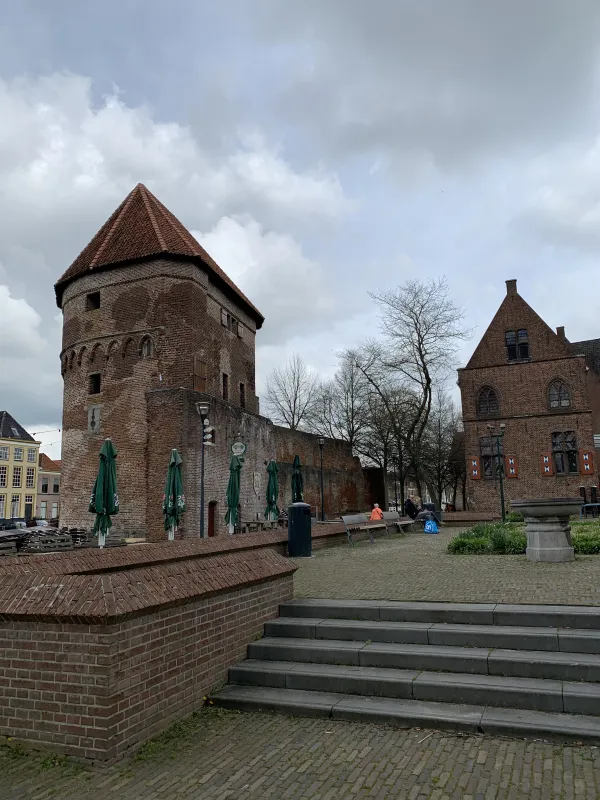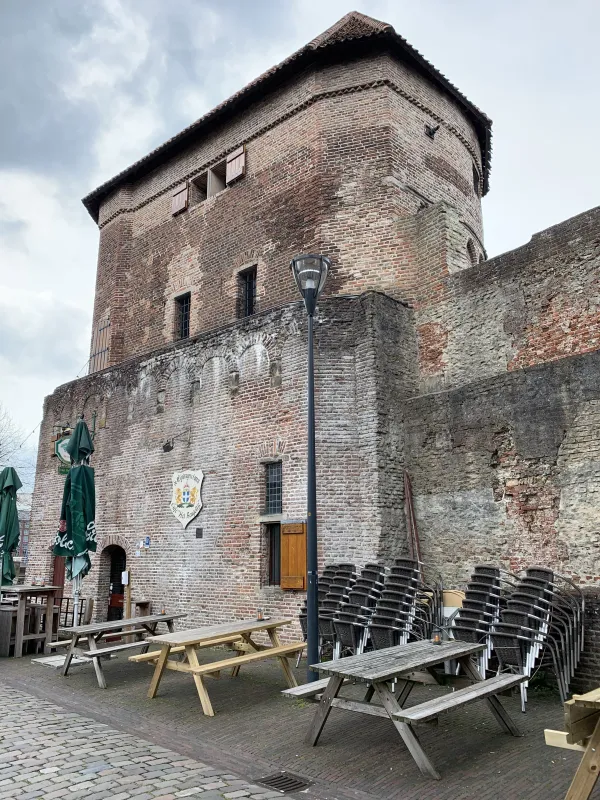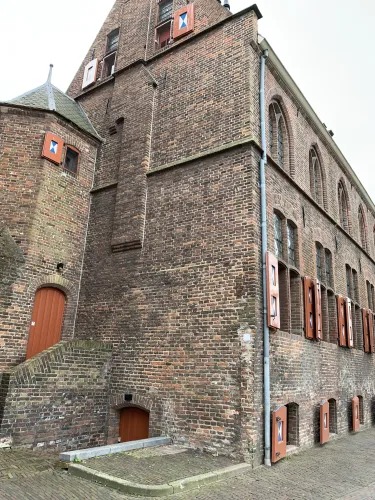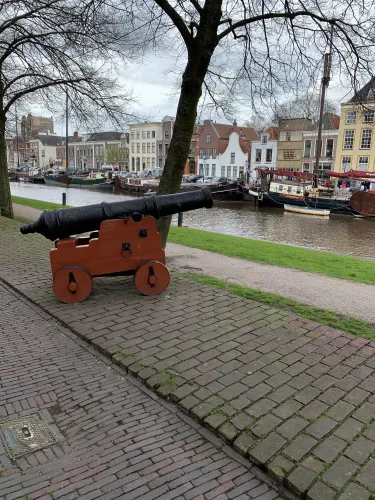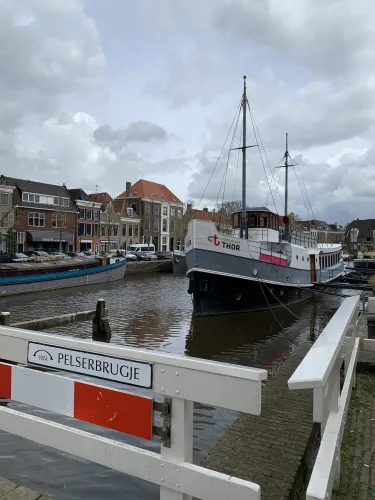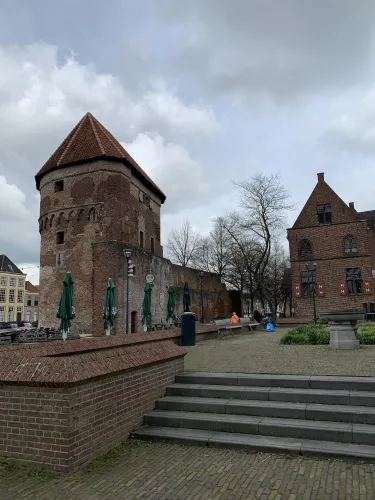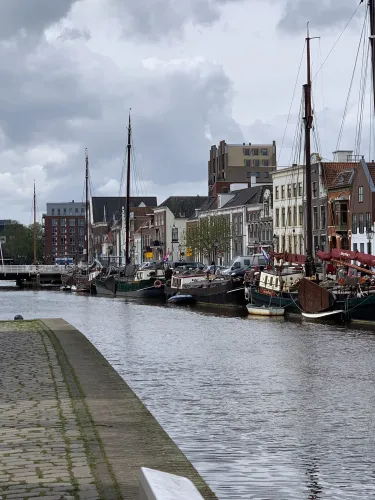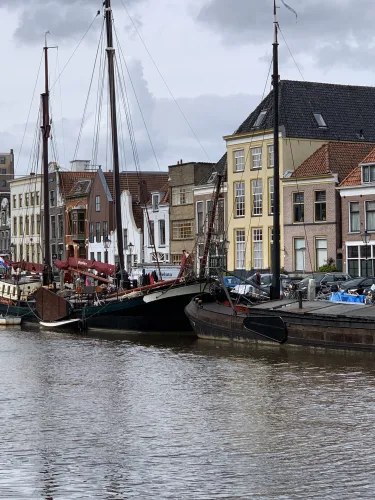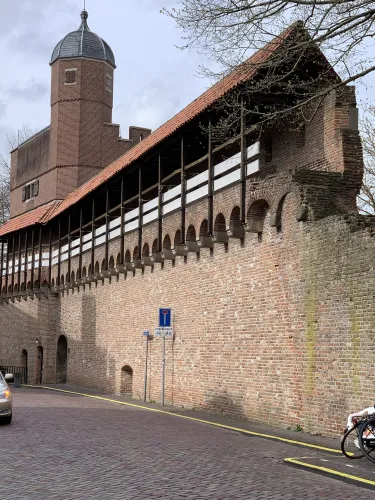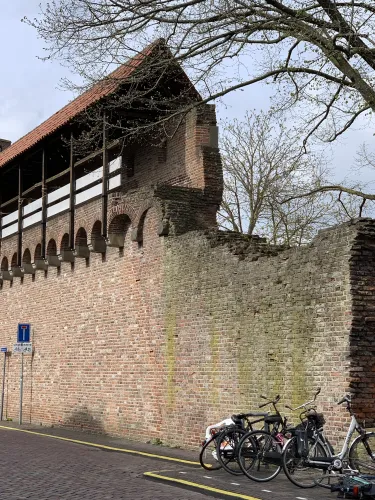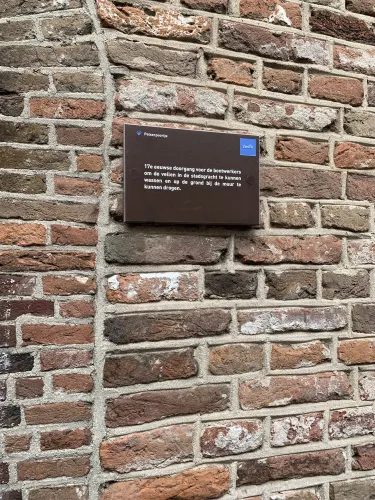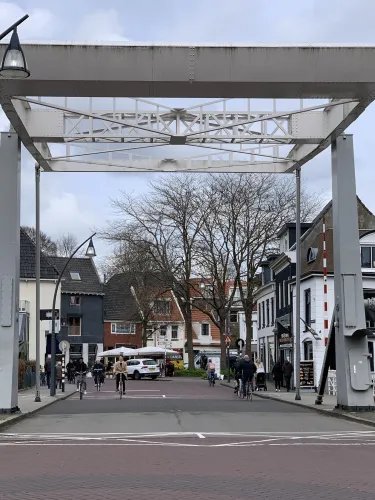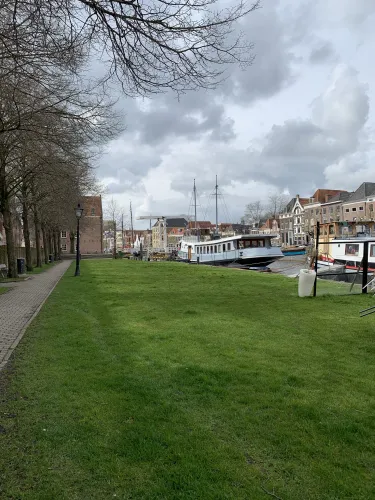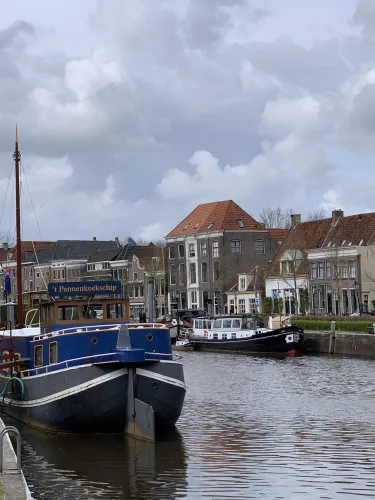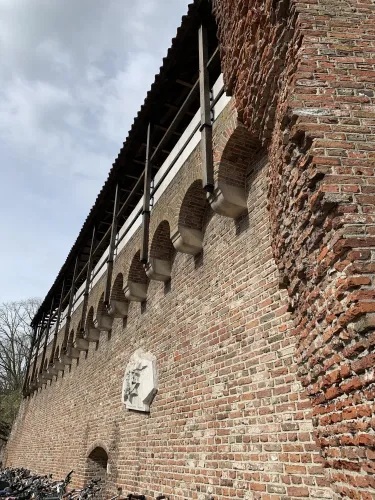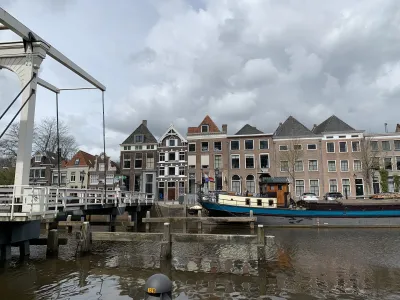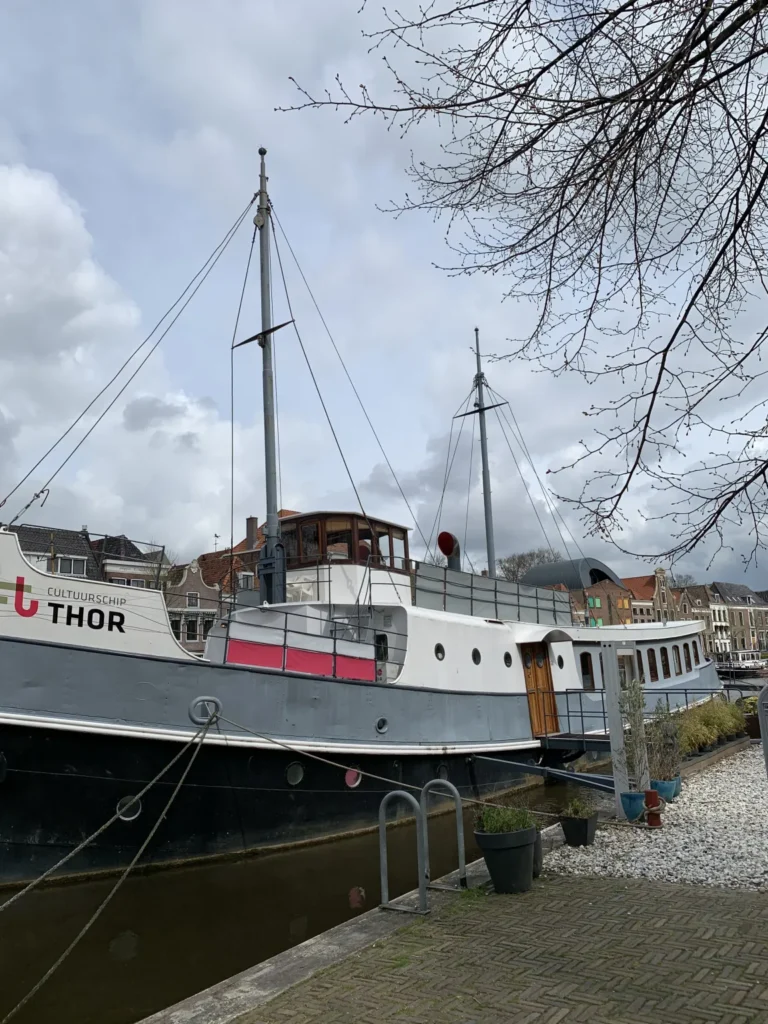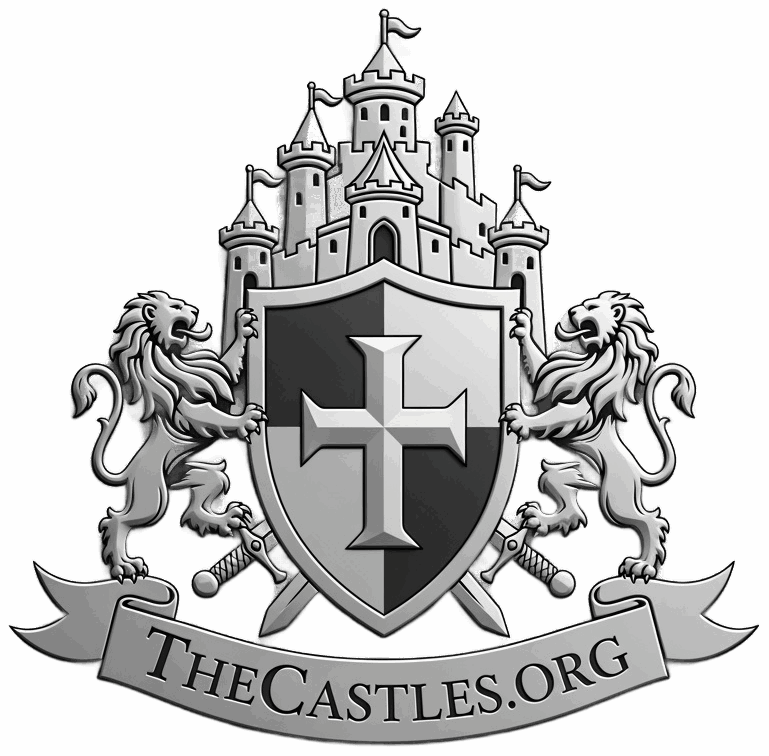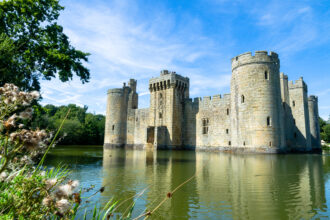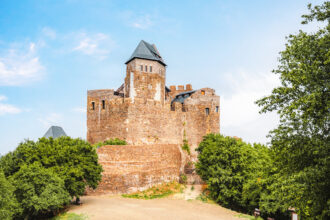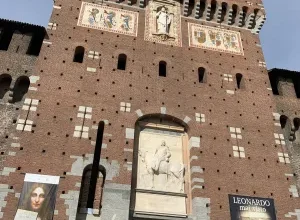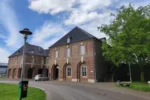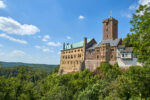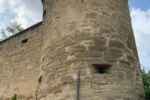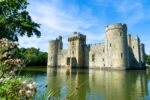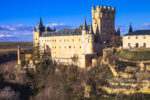The historic Hanseatic city of Zwolle is not only the capital of the Dutch province of Overijssel, but also its spiritual and economic center. The old town of Zwolle, framed by a star-shaped canal, captivates visitors with its winding alleys, historic buildings, trendy shops, and iconic restaurants such as the Japanese sushi restaurant “Blue Sakura,” which is housed in the Bethlehem Church, founded in 1309. The Hanseatic city impresses with its successful blend of past and modernity. The remains of the Dieserpoorten fortress bear witness to the old fortified city of Zwolle. This leads to the Thorbeckegracht, named after the founder of parliamentary democracy, Johann Rudolf Thorbecke. Thorbeckegracht, with its old ships and historic houses, is a reminder of the city’s trading history. From 1650 to 1914, seasonal workers from Germany, known as Hollandgänger, also came here to work. On the Thorebeckgracht is the white Pelserbrug, which owes its name to the furriers who practiced their craft in Zwolle in the 15th century. The bridge was built in 1974 to a design by Maarten Binnendijk and financed by the residents of the Thorebeckgracht to provide access to the city center. Along the Thorebeckgracht lies the old city wall with the Wijndragerstoren. This so-called wine carrier tower was built between 1475 and 1500 as part of the city fortifications, where wine carriers lived during peacetime. These wine carriers were also called Krankind, unskilled workers who operated the city’s tap. Today, the tower houses a restaurant. The center of Zwolle, with its canal, old city wall, mighty ramparts, and imposing gabled houses, exudes pure medieval charm, bringing the golden age of the Hanseatic League back to life. I was fascinated by this lively and iconic Hanseatic city with its wonderful historic center, dominated by the 75-meter-high tower of the Basilica of Our Lady, affectionately known by the locals as the Peperbus, or pepper box, because of its shape.
